News and Events
|
Concord, NH – The ticks are already out in New Hampshire, and the NH Department of Health and Human Services (DHHS) wants to remind people living in and visiting the State to take precautions against being bitten by ticks and potentially exposed to Lyme disease and other tick-borne illnesses. New Hampshire has one of the highest incidence rates of Lyme in the country. According to the DHHS Division of Public Health Services (DPHS), there were an estimated 1,373 cases of Lyme disease identified in the State in 2015, the most recent year for which data are available. Tick bites can cause other diseases besides Lyme disease. In 2015, there were also 110 cases of anaplasmosis reported, which is caused by a bacterium, and 53 cases of babesiosis, which is caused by a parasite. There have also been two cases of the Powassan virus in New Hampshire residents, the first in 2013 and second in 2016, but it is not known if these were acquired in New Hampshire. The majority of Powassan cases are seen in the Northeast and upper Midwest, which is similar to anaplasmosis, babesiosis, and Lyme disease. These diseases are all transmitted by the blacklegged (or deer) tick. “Ticks are out, and while we want to encourage people to enjoy the outdoors, we also want to encourage people to take steps to prevent themselves, family members, and pets from being bitten by ticks,” said Dr. Benjamin Chan, NH State Epidemiologist. “Preventing tick bites is the best way to avoid getting sick from any number of diseases that ticks can carry.” DHHS recommends taking the following precautions to prevent tick bites:
Lyme disease is caused by the bacterium Borrelia burgdoferi and is transmitted to people by the bite of an infected blacklegged tick, also known as the deer tick. The greatest risk for Lyme is between the months of May and August, when the blacklegged tick is in the juvenile stage; it’s the size of a poppy seed and very difficult to detect, so individuals may be unaware that they have been bitten. Early symptoms of Lyme disease may include fever, headache, fatigue, and often a skin rash that is round and/or looks like a bullseye. Lyme disease is treatable with antibiotics, but if left untreated can lead to severe headaches and neck pain caused by meningitis (inflammation of the protective covering surrounding the brain and spinal cord), pain and swelling in the large joints, shooting nerve pains, and abnormal heart rhythms. Symptoms of anaplasmosis and babesiosis may include fever, headache, chills, and muscle aches; some individuals may not have symptoms. Individuals who are older or whose immune system may not function well can have severe infection with these organisms requiring hospitalization. Both anaplasmosis and babesiosis are treatable with antibiotics. Powassan is caused by a virus transmitted through the bite of a black-legged tick, and symptoms include fever, headache, vomiting, weakness, confusion, loss of coordination, speech difficulties, and seizures. Approximately half of people who become sick from Powassan have permanent neurological symptoms, such as recurrent headaches, muscle wasting, and memory problems. There is no specific treatment for Powassan. For more information about Lyme disease and other tick-borne diseases, visit the DHHS website at www.dhhs.nh.gov/dphs/cdcs/lyme/ or the Centers for Disease Control and Prevention website at www.cdc.gov/ticks/ . |
Seacoast Public Health Network
(Lamprey Health Care) 128 NH-27 Raymond, NH 03077 Recent Newsletters
COMING SOON!
Archives
January 2021
Categories |
Join the Team! Learn how YOU can Volunteer Tell Me More
Seacoast Public Health Network
(Lamprey Health Care)
128 NH-27
Raymond, NH
03077
(Lamprey Health Care)
128 NH-27
Raymond, NH
03077
NH Web Design by Harbour Light

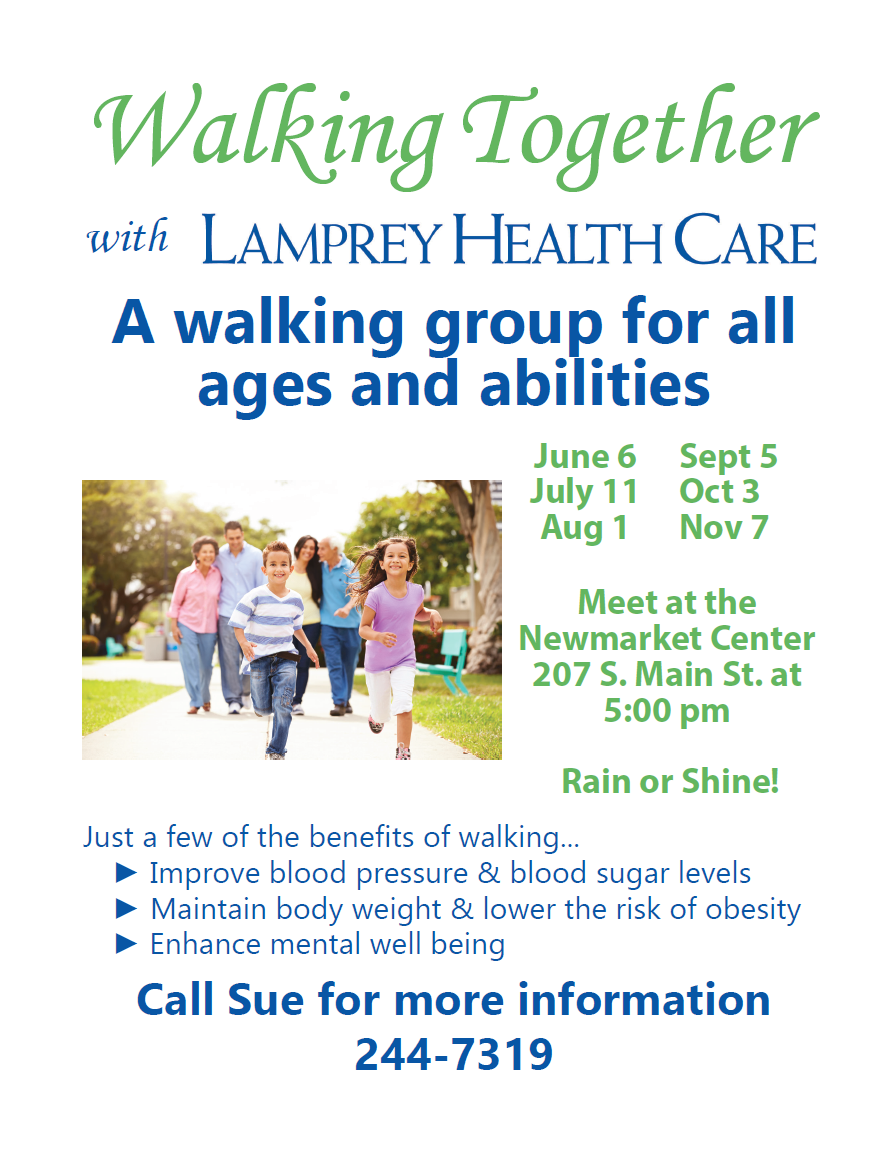

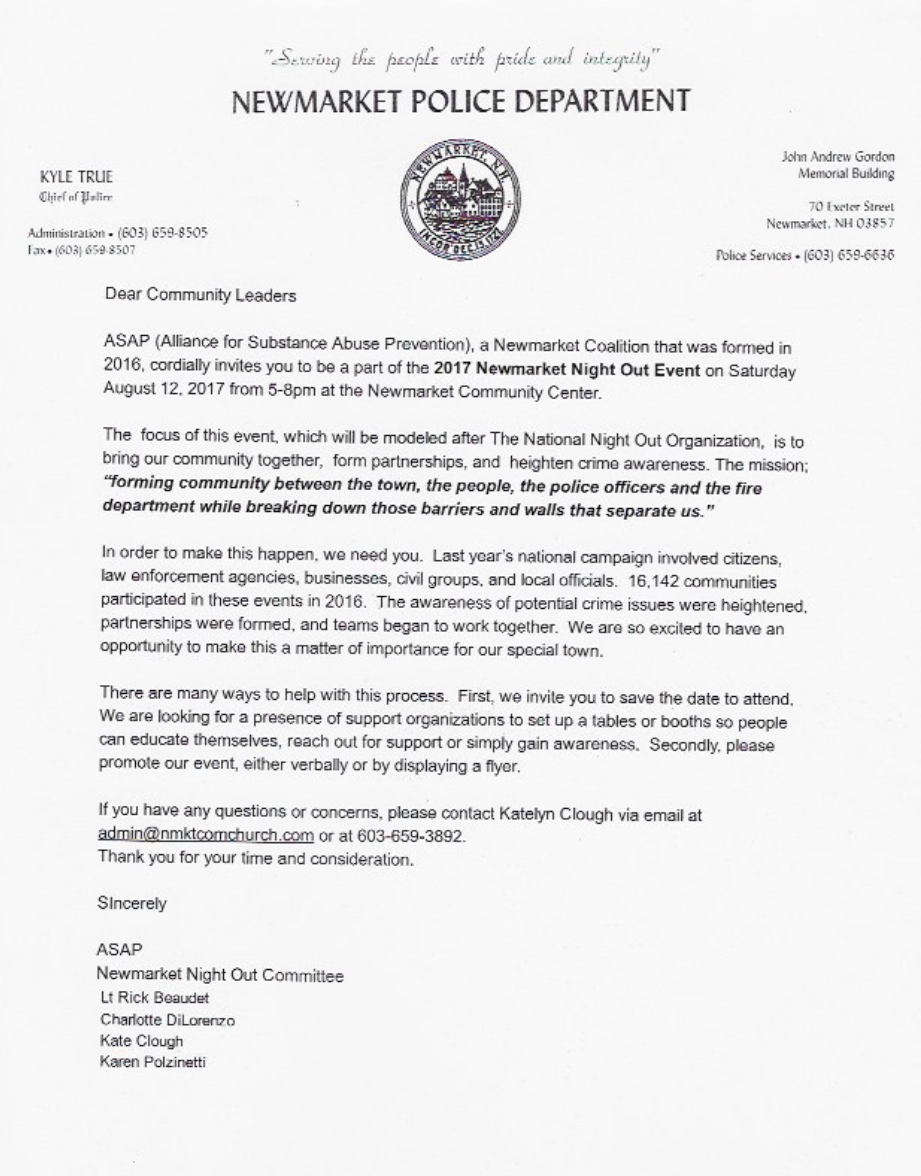

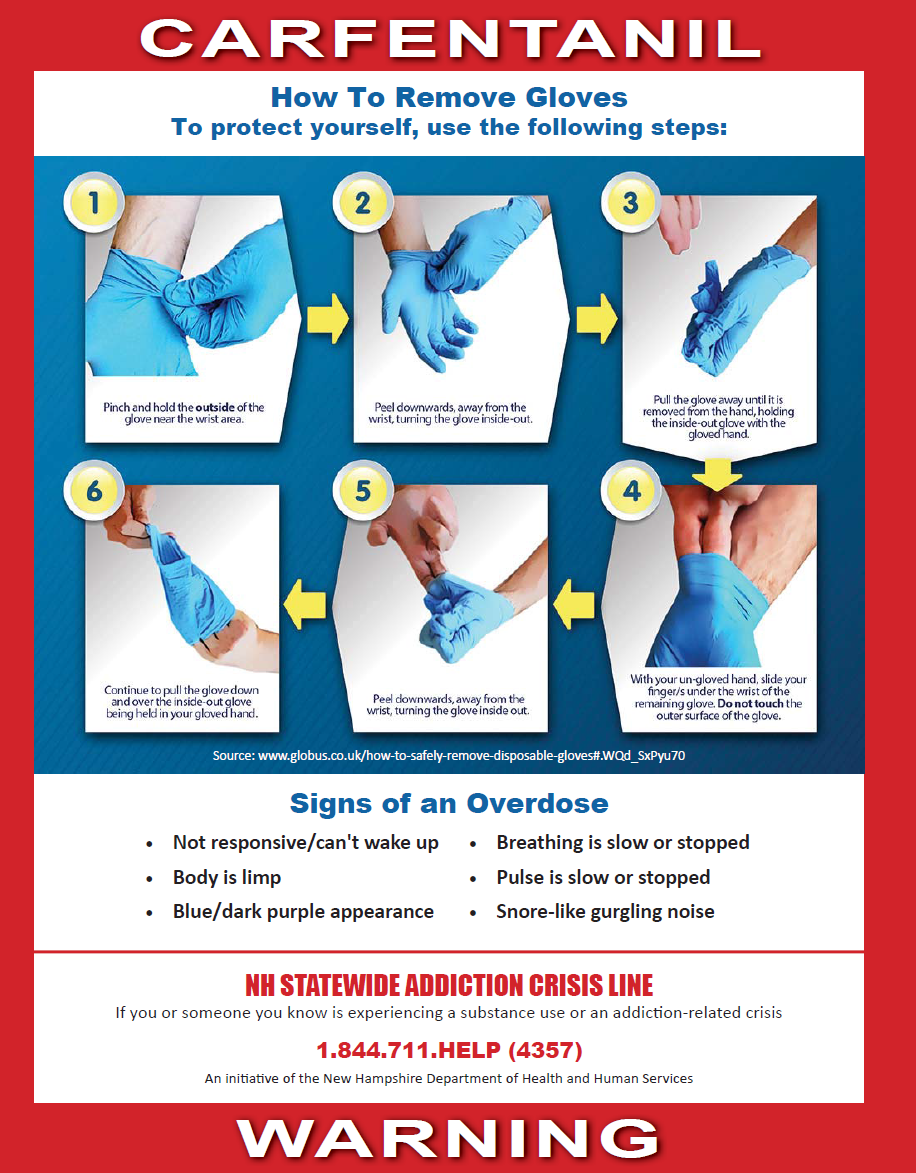
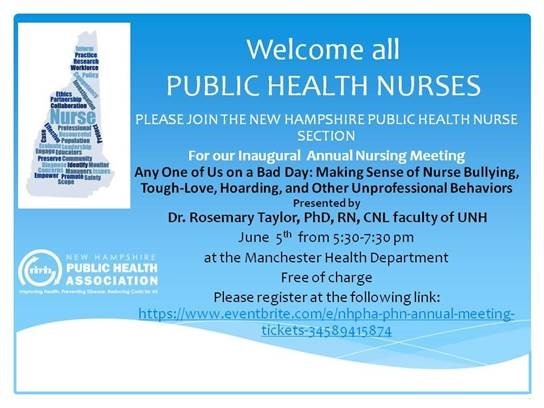

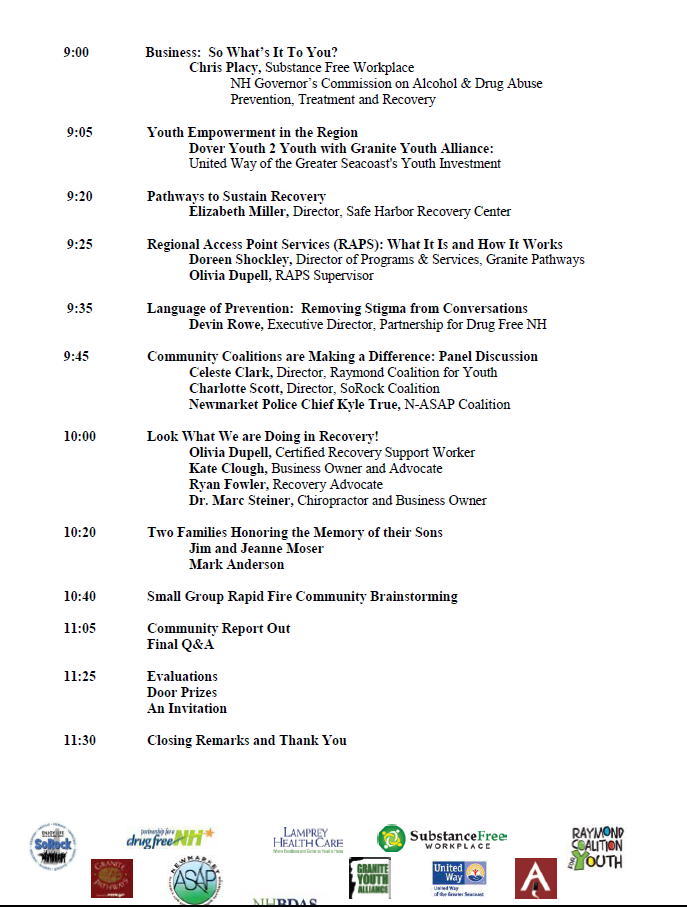

 RSS Feed
RSS Feed